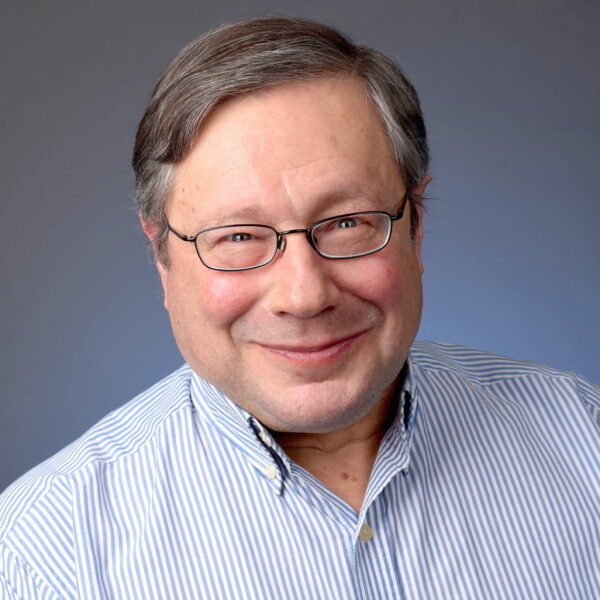Vajda, Kozakov and colleagues part of CASP-winning team in protein multimers category
A team of Boston University and Stony Brook University researchers achieved excellent results in predicting the structures of multiprotein complexes, with implications for understanding diseases and developing medicines. The winners of the protein complexes category of the 2024 Critical Assessment of Structure Prediction (CASP16) competition were Professor Sandor Vajda (BME, SE, Chemistry) and Research Professor Dima Kozakov (BME), along with several doctoral students. In particular, their method for predicting antibody-antigen interactions outperformed the rest of the field by a wide margin.
For half a century, computational structural biologists tried to find a way to take a given sequence of amino acids and reliably predict the shape of the resulting protein. That shape, or structure, can determine the protein’s role and behavior in the body. Held every two years since 1994, the CASP competition has attracted researchers, such as Vajda, bent on solving this challenge, known as the protein folding problem. In 2020, a team from the Google-owned company DeepMind did just that, using its prediction program AlphaFold-2. It was an outstanding breakthrough, and the company made its data and methods freely available to the scientific community. The leaders of the AlphaFold-2 project shared the 2024 Nobel prize in chemistry for their work.

In 2024, most competitors—including the BU team—used versions of AlphaFold2 as a basis for predicting the interactions of proteins. “It’s a challenging problem,” says Kozakov, who is Professor of Applied Mathematics at Stony Brook University and a Research Professor of Biomedical Engineering at BU. “Protein-protein interactions help you to figure out the mechanisms of life, and provide important drug targets.”
This time, the BU team beat out the whole field in predicting protein-protein interactions, with particularly good results for antibody-antigen complexes. Essentially, BU leapfrogged all teams that used modified versions of AlphaFold2. “We improved upon the technology,” says Vajda. “The evaluator’s report said we made remarkable progress.”

Vajda, Kozakov, and their students accomplished this by combining machine learning with physics-based sampling. “If you can integrate physical knowledge inside the machine learning models, they can become more generalizable,” says Kozakov. “What we’ve shown is that this is working. This is the general direction where the field should be going.”
Over years of working on these problems, Vajda and Kozakov have benefited from the supercomputing resources of BU and the U.S. Department of Energy, as well as grants from the National Institutes of Health and the National Science Foundation.
Still, topping methods developed by deep-pocketed companies such as the Google-owned Deepmind is a feather in BU’s cap. “It is to some degree surprising,” says Vajda, “because we’re a small fish against a company with their resources.”
